The Ford Mustang was based on the platform of the Ford Falcon, a compact auto with three generations. The 1962 Ford Mustang I was the first in a long line of these sports cars that continues today. It was a two-seater that became the 1963 Mustang II with four doors. Ford used this second Mustang to check public interest, although it was still a concept. The Mustang was a unique vehicle at the time, introducing the pony car class for American autos. Today, we view pony cars as sports car coupes that have long hoods and short rear decks.
The First Generation
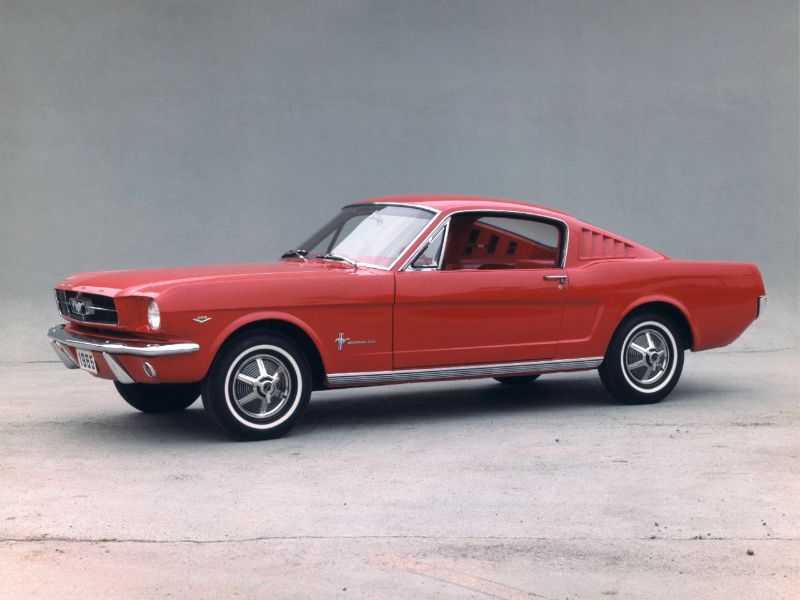
1965 Mustang
Following the success of the concept Mustangs, the first generation arrived in 1964. This was the most successful launch in the company’s history. A few years into the generation, the Ford Mustang began growing in size. It also got a facelift to appear more massive and fit larger engines.
Second Generation
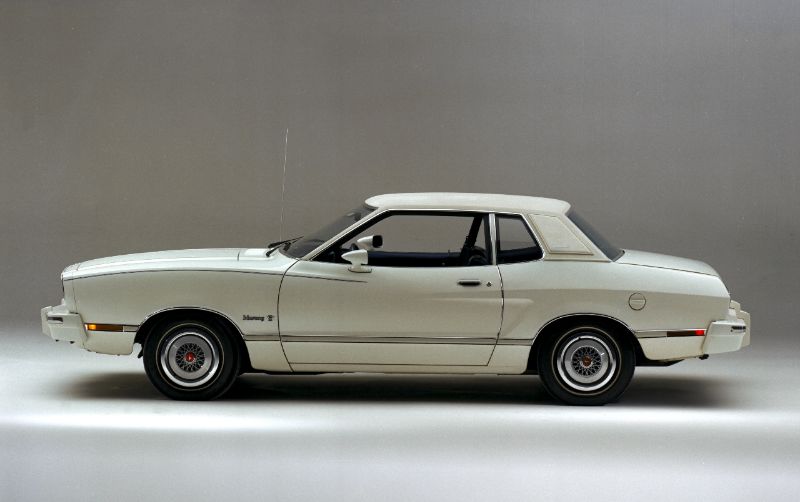
1974 Hardtop Mustang
The Ford Mustang’s second generation arrived in 1974 and only lasted until 1978. This was a smaller and more efficient than the previous version. It was timed perfectly to take advantage of the oil crisis. Interestingly enough, the Mustang was heavier despite its smaller size thanks to the extra equipment it included to meet new safety and emission regulations.
Third Generation
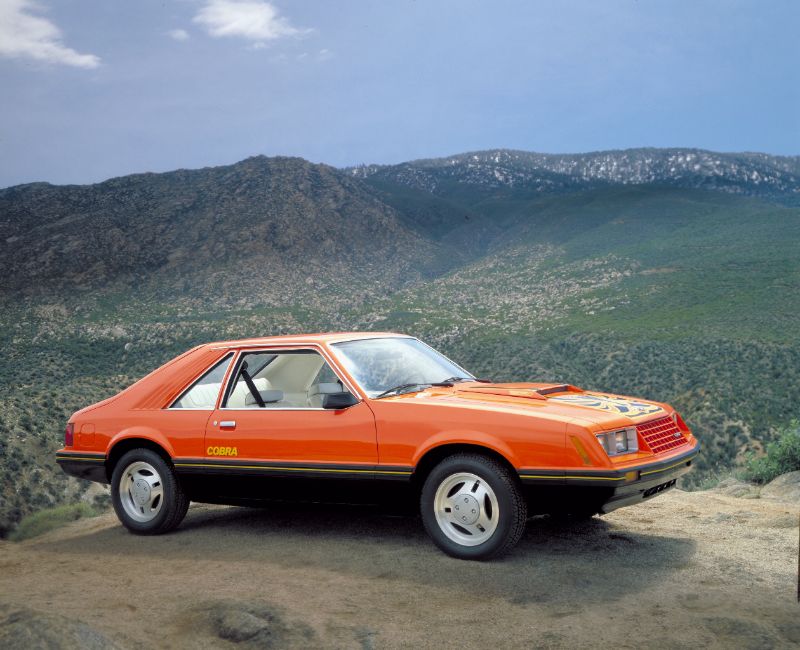
1979 Ford Mustang Cobra
The third generation lasted a long time, from 1979 to 1993. This generation began with a longer Mustang that could hold more passengers. It was available as a coupe, convertible, notchback, or hatchback, along with a long list of trim levels. Up until 1986, the third-generation Mustangs had an angled-back front clip and four headlights. After this, the front clip got an “aero” style with a rounded shape and flush composite headlamps. The 1987 Mustang also got a facelift due to slumping sales from increasing fuel prices.
Fourth Generation
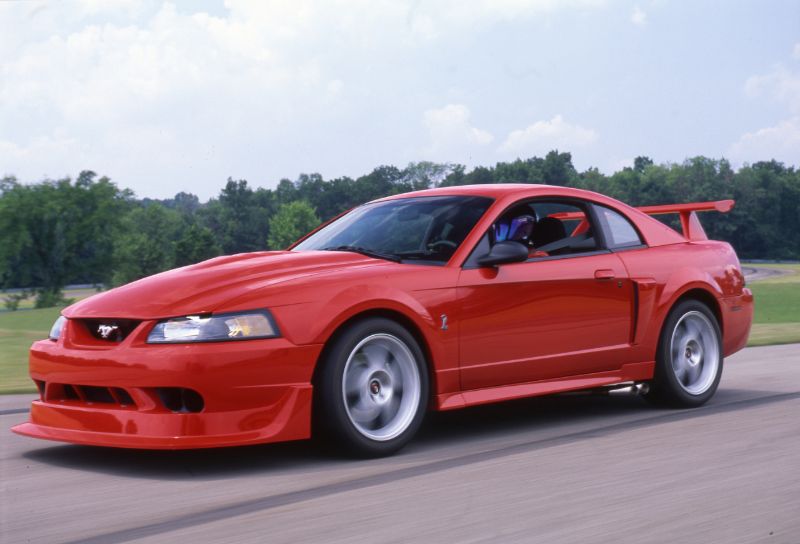
2000 Ford SVT Mustang Cobra
The fourth generation began with a major redesign for the 1994 Ford Mustang, and this generation continued until 2004. In 1999, it got new styling again, matching the new Edge styling theme. This included creases in the bodywork, sharper contours, and larger wheel arches.
Fifth Generation

2007 Ford Shelby GT500
In 2005, the Ford Mustang arrived for its fifth generation, which the automaker showed off during the 2004 North American International Auto Show. The design of this generation was reminiscent of late 1960s fastbacks, which Ford’s senior VP of design called “retro-futurism.” Up until 2010, the base model of this generation featured a cast-iron block 4-liter V6 with 210 horsepower, and the GT had a 4.6-liter V8 aluminum block engine with variable camshaft timing. The 2010 Mustang got a redesigned exterior, including a reduced coefficient of drag and sequential LED taillights. Other changes included new spring rates and dampers, enhanced control and traction systems, and new wheel sizes.
Sixth Generation
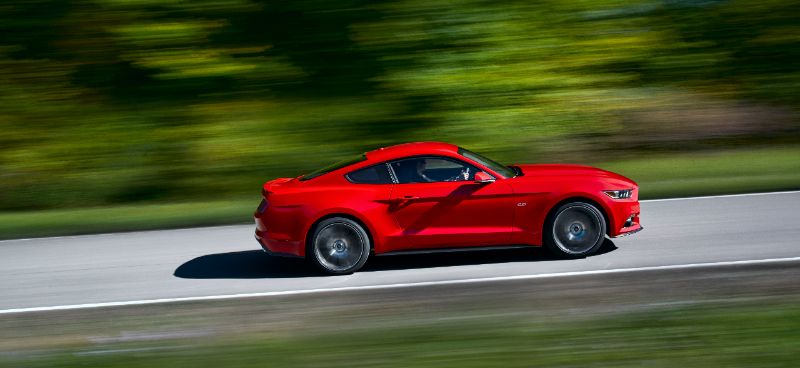
2015 Mustang
The current sixth generation of the Ford Mustang arrived for the 2015 model year, although it was unveiled in late 2016. It got a trapezoidal grille, new colors, and a body that was wider and lower. The engines also became more modern, including a 2.3-liter EcoBoost, a 3.7-liter V6 with 300 horsepower, and a 5-liter V8 with 435 horsepower.
